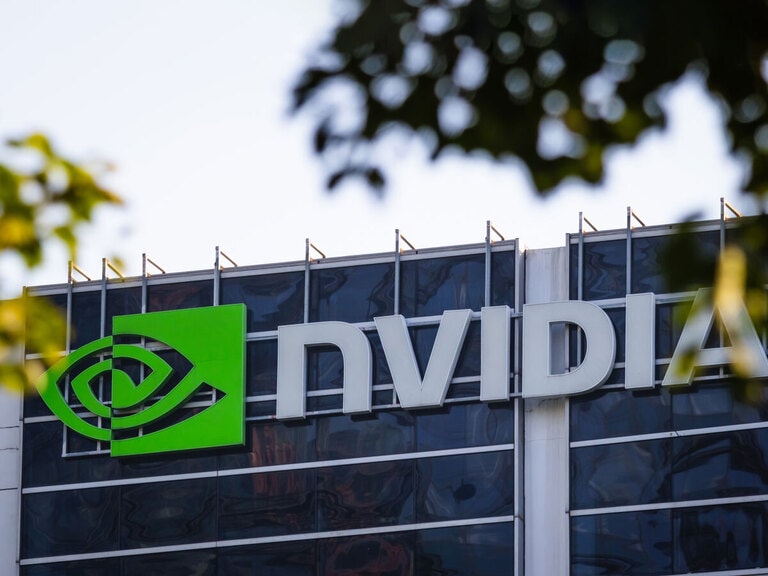How big Robinhood’s IPO becomes will be a test of whether retail investing has entered the mainstream, with the pandemic driving a rise in non-professional traders. Robinhood is seeking to raise $40bn from its IPO, according to the Financial Times.
Robinhood’s listing forms part of a busy summer for IPOs. A couple of weeks ago Chinese ride-hailing firm Didi raised close to $4.4bn giving it a $65bn valuation, while the Wall Street Journal suggests that this summer could see $40bn raised from listed IPOs, beating the $32bn record set in the same period last year.
In April, Coindesk, the online crypto exchange which became a publicly-traded company through a direct listing, hit an $85bn valuation in what was described as a watershed moment for cryptocurrencies entering mainstream trading. Robinhood’s IPO could represent a similar moment for retail trading, with the stock possibly listing within the next month.
$40million
Amount Robinhood is seeking to raise from its IPO
The numbers behind Robinhood’s IPO
While Robinhood has made investing more accessible, it has also come under fire for the ‘gamification’ of trading, offering rewards and bonuses to encourage users to trade more often. At the end of June, the Financial Industry Regulatory Authority lumped it with a $70m fine - the highest ever fine against a broker - and the regulator has investigated Robinhood at least 7 times.
Whatever your view on Robinhood’s practices, it appears to have driven up revenues. In short, the more users trade on the platform, the better for Robinhood. The Trading app’s investor prospectus revealed that revenue jumped from $278m in 2019 to $959m in 2020. That white-hot growth continued into the first quarter with $522m in sales, an explosive 309% increase year-on-year.
$522million
Robinhood's Q1 sales - a 309% YoY rise
Average revenue per customer was $137 in the first quarter, a 67% jump from the $83 seen in the same quarter last year. The number of funded accounts in the platform surged from 5.1m at the end of 2019 to 18m by the end of March. Crypto made up 17% of Robinhood’s revenue in the first quarter, up from 4% in the same period last year.
The frenzy for ‘meme stocks’ like Gamestop and AMC drove up trading volumes on the platform, to the point where trading had to be suspended on Gamestop in January as Robinhood struggled to have enough cash in the bank to cover customer trades. Disaster was averted when the trading app secured $3.5bn from investors. To offset this happening again Robinhood built up a $4.8bn cash cushion, along with securing a $2.2bn credit facility.
Retail investors get a taste of IPO investing
Robinhood's IPO will take the concept of opening up trading to the masses one step further. The trading app plans to allocate 35% of shares for its upcoming listing to individual investors, bringing IPO investing to the masses.
In a traditional IPO, banks offer shares in a company ahead of listing to institutions as part of an investor roadshow. These tend to be large institutions that can buy huge amounts of stock, not individual retail traders. So when a company’s price pops on its first day of trading, it’s the institutions that are benefiting, not individuals, who can end up paying a premium.
By allocating just over a third of its IPO shares to retail investors, Robinhood is trumping the 10% normally offered up - most of which are normally hoovered up by wealthy banking clients, according to the Wall Street Journal. As the WSJ puts it ‘Robinhood wants you to buy Robinhood Stock on Robinhood’.
Continue reading for FREE
- Includes free newsletter updates, unsubscribe anytime. Privacy policy





